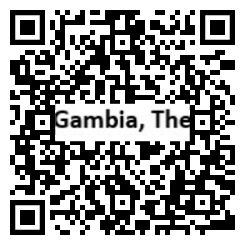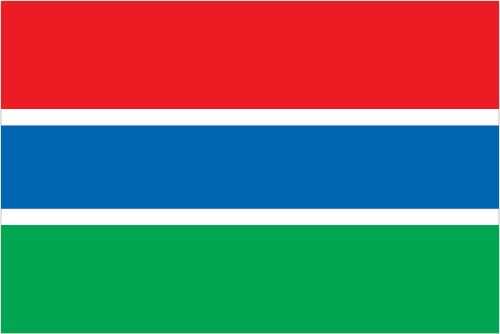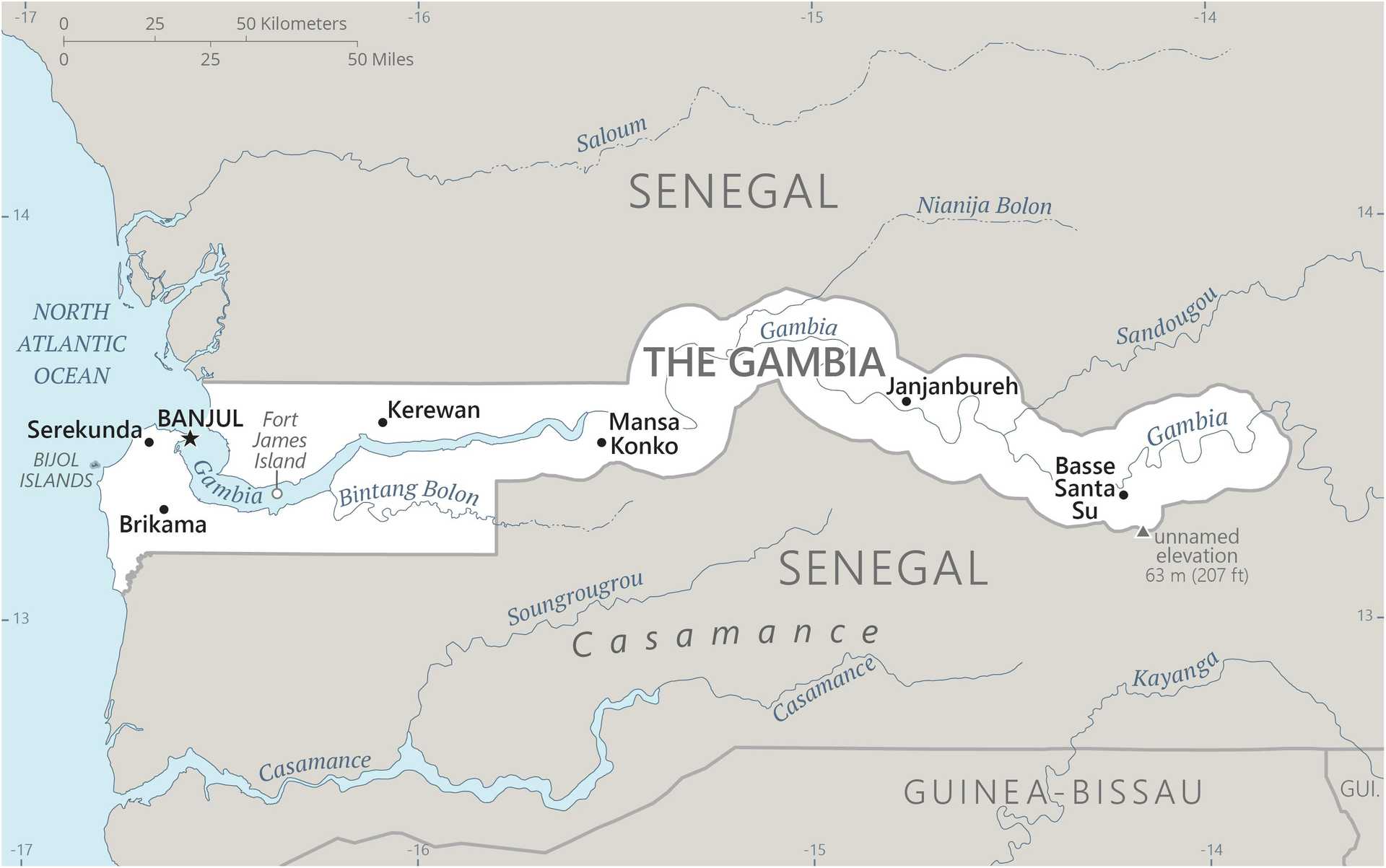Introduction
Background
The Gambia gained its independence from the UK in 1965. Joining Senegal, it formed a short-lived Confederation of Senegambia between 1982 and 1989. Since its first free and fair presidential election in 2016, The Gambia and the US have enjoyed improved relations.
Geography
Area
total: 11,300 sq km
land: 10,120 sq km
water: 1,180 sq km
Climate
tropical; hot, rainy season (June to November); cooler, dry season (November to May)
Natural resources
fish, clay, silica sand, titanium (rutile and ilmenite), tin, zircon
People and Society
Population
total: 2,523,327
male: 1,250,490
female: 1,272,837 (2024 est.)
Ethnic groups
Mandinka/Jahanka 33.3%, Fulani/Tukulur/Lorobo 18.2%, Wolof 12.9%, Jola/Karoninka 11%, Serahuleh 7.2%, Serer 3.5%, other 4%, non-Gambian 9.9% (2019-20 est.)
Languages
English (official), Mandinka, Wolof, Fula, other indigenous vernaculars
Religions
Muslim 96.4%, Christian 3.5%, other or none 0.1% (2019-20 est.)
Population growth rate
2.16% (2024 est.)
Government
Government type
presidential republic
Capital
name: Banjul
Executive branch
chief of state: President Adama BARROW (since 19 January 2022); Vice President Muhammed B.S. JALLOW (24 February 2023; note - the president is both chief of state and head of government
head of government: President Adama BARROW (since 19 January 2022); Vice President Muhammed B.S. JALLOW (24 February 2023)
Legislative branch
description: unicameral National Assembly (58 seats; 53 members directly elected in single-seat constituencies by simple majority vote and 5 appointed by the president; members serve 5-year terms)
Economy
Economic overview
small West African economy; COVID-19 reversed robust growth trends; good fiscal management; substantial foreign direct investment and remittances; G20 Debt Service Suspension Initiative participant; widespread poverty; increasing Chinese relations
Real GDP (purchasing power parity)
$5.719 billion (2022 est.)
$5.482 billion (2021 est.)
$5.258 billion (2020 est.)
Real GDP per capita
$2,100 (2022 est.)
$2,100 (2021 est.)
$2,000 (2020 est.)
Agricultural products
groundnuts, milk, rice, millet, oil palm fruit, maize, vegetables, cassava, fruits, sorghum (2022)
Industries
peanuts, fish, hides, tourism, beverages, agricultural machinery assembly, woodworking, metalworking, clothing
Exports
$267.377 million (2022 est.)
$142.652 million (2021 est.)
$175.682 million (2020 est.)
Exports - partners
India 31%, China 23%, Italy 7%, Chile 7%, Portugal 5% (2022)
Exports - commodities
coconuts/Brazil nuts/cashews, wood, shellfish, scrap iron, fish oil (2022)
Imports
$829.516 million (2022 est.)
$726.23 million (2021 est.)
$690.979 million (2020 est.)
Imports - partners
China 31%, Senegal 12%, India 8%, Brazil 8%, US 5% (2022)
Imports - commodities
cotton fabric, rice, raw sugar, poultry, palm oil (2022)
Exchange rates
dalasis (GMD) per US dollar -
Exchange rates:
54.923 (2022 est.)
51.484 (2021 est.)
51.502 (2020 est.)
50.062 (2019 est.)
48.152 (2018 est.)
Page last updated: Tuesday, May 07, 2024




